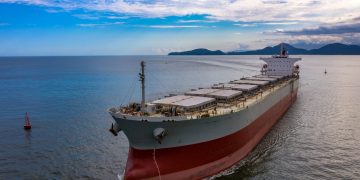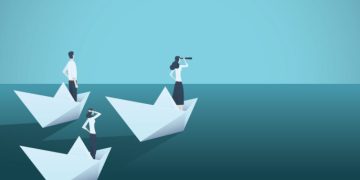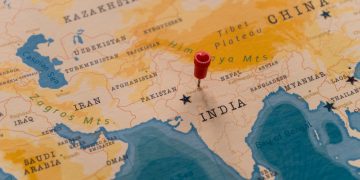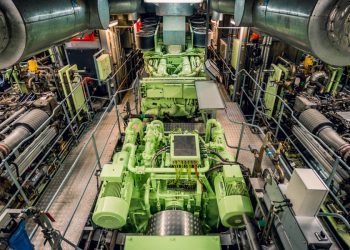For the next generation on board this planet, the MOL Group will work collaboratively with partners and stakeholders with creativity to resolve environmental issues, the company revealed with the publication of its Environmental Vision report, informing about its actions for net zero.
In particular, the MOL Group has identified five Sustainability Issues, and established the “MOL Sustainability Plan (MSP),”a plan for specific actions they will take on those issues, as a part of their management plan “BLUE ACTION 2035“
Environmental Management System
The Environmental and Sustainability Committee, a subordinate organ of the Executive Committee, serves as the main deliberative body on environmental initiatives, including not only climate change measures but also natural capital and biodiversity.
For the next generation on board this planet, the MOL Group will work collaboratively with their partners and stakeholders with creativity to resolve environmental issues. They will provide solutions for issues of high importance such as the preservation of the marine environment, protection of biodiversity and prevention of air pollution, and in order to tackle climate change with utmost urgency, the MOL Group will make a concerted effort to achieve net zero GHG emissions by 2050. With these contributions for the sustainable development of our society and the preservation of nature, from the blue oceans, we sustain people’s lives and ensure a prosperous future.
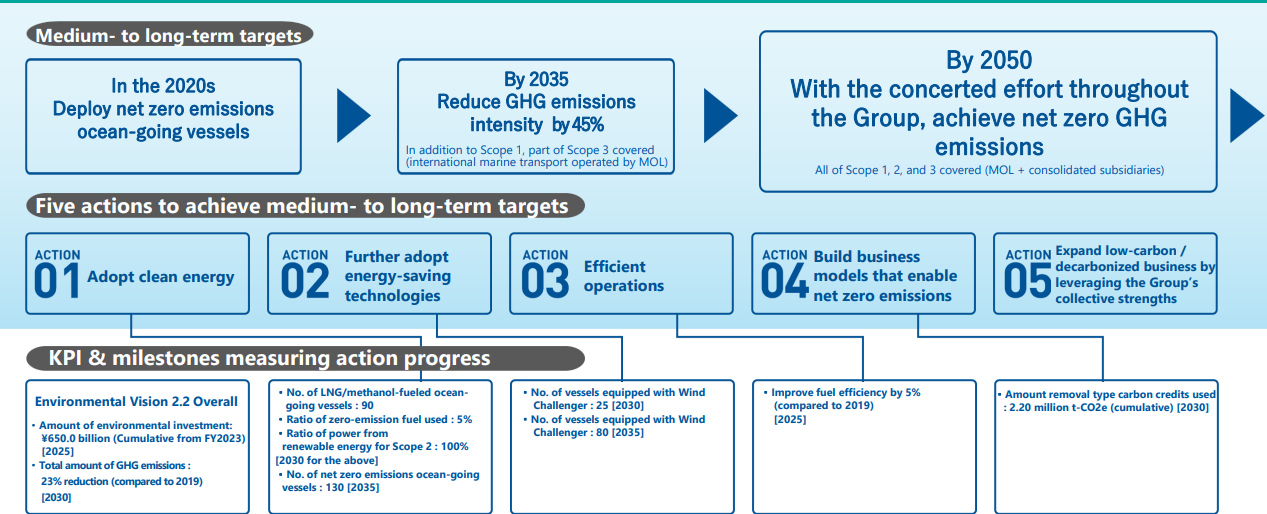
According to the company, for MOL, which operates various types of vessels, there is no single solution for vessel fuel. They will promote the adoption of optimum fuels for each business on the premise of achieving net zero in 2050.
- LNG: They are proactively using LNG, a low-emission fuel that is available for immediate utilization as a way of contributing to the carbon budget.
- Methanol: MOL plans to use its know-how to expand methanol fuel to other types of vessels.
- Biodiesel: The company promotes the use of biodiesel as a “drop-in fuel” which can be used with conventional petroleum-fueled equipment.
- Ammonia: They are developing multiple types of vessels. One of them is scheduled to be completed and put into operation around 2026 as
the first net zero emissions ocean-going vessel. - Hydrogen: They are building a coastal passenger ship propelled by hydrogen and biofuels. The ship will start operation in the Kanmon area of Japan in FY2024.
- Battery: The pure battery coastal tanker “Asahi,” powered by large-capacity lithium-ion batteries, is scheduled to enter operation in spring 2022.
The second ship “Akari” put in service in April 2023, and the delivery of hybrid EV bulk carrier “Asuka” is scheduled in May of the same year. - e/Bio-methanol
- e/Bio-methane
With this collaboration, MOL Group will also focus on wind, a clean and inexhaustible form of energy.
As explained, its mission is to reduce the fuel consumption of vessels by using natural energy. They will utilize wind power while shifting fuels to clean energy. In the development of vessels that run on next-generation clean energy such as liquefied hydrogen, they aim to maximize the utilization of wind power, or in other words, to develop fundamental ship models with the aim of equipping multiple sails as well as adopting autonomous navigation technology.
In addition to making every effort to reduce the Group’s emissions, creating mechanisms which enable net zero is highly meaningful for the purpose of enhancing the effectiveness of those actions.
- Carbon Dioxide Removal(CDR) Initiatives
- Engagement with Policymakers and Industry Organizations
- Collaboration with Value Chain Partners
- Appropriate Response to Carbon Pricing
- Participation in International Initiatives




























